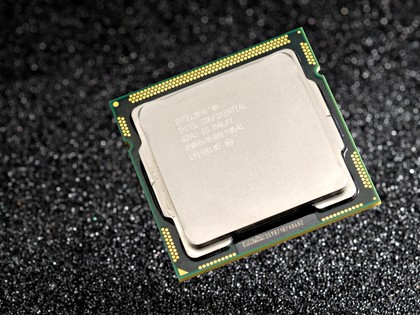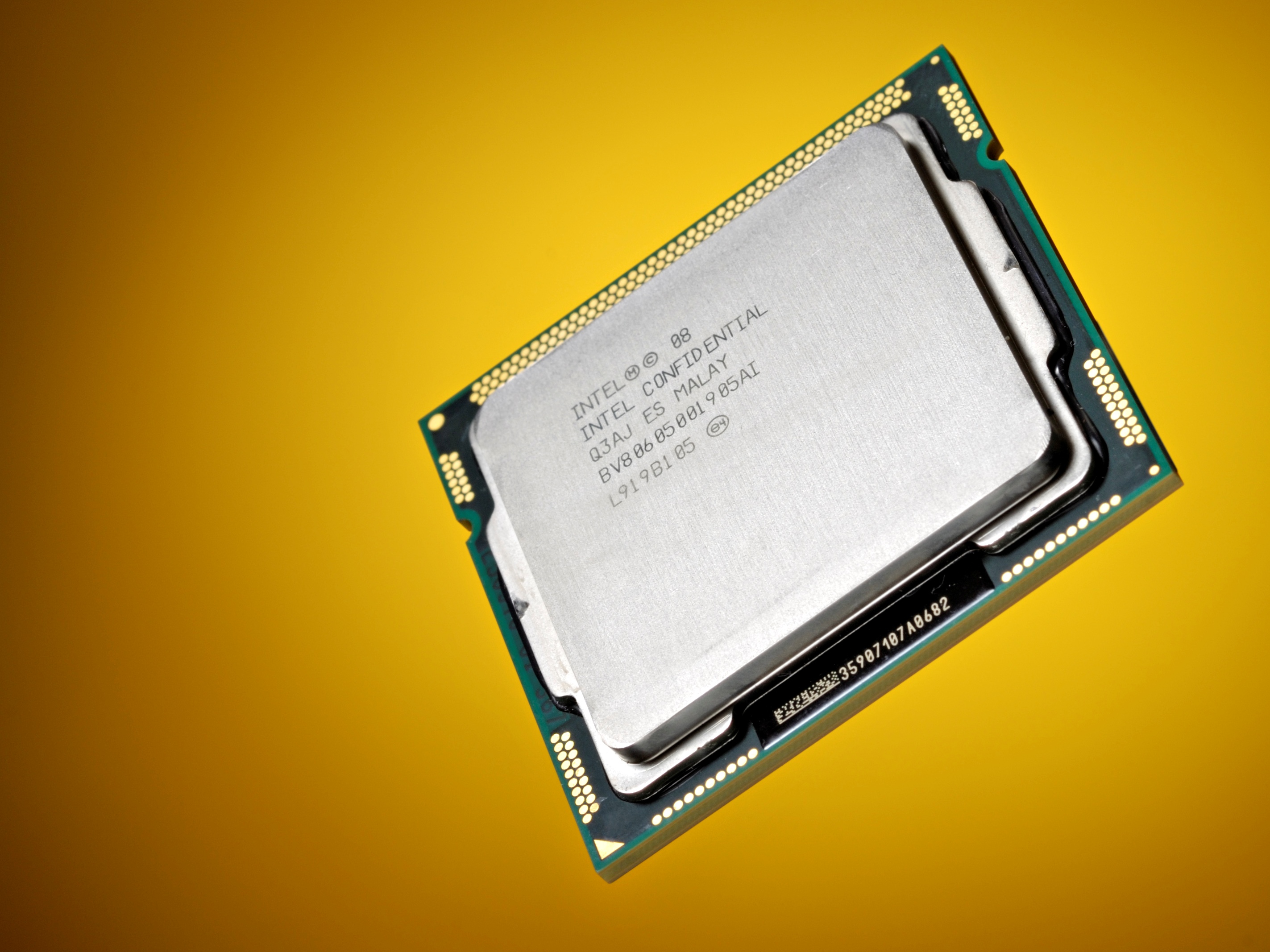Why you can trust TechRadar

It all comes down to cost. The original Core i7 processor, launched late last year, is actually a server and work station chip in disguise.
With a triple-channel memory controller and super-fast QPI interface, it's built for bandwidth and with server and workstation systems in mind, not desktops. That makes it an unnecessarily complex and therefore excessively expensive processor for normal PCs.
For Lynnfield, therefore, Intel has replaced the triple-channel memory controller with a dual-channel item and dumped QPI in favour of the simpler but slower DMI interface. Intel's reasoning is that this shouldn't unduly impact on performance because a single-socket desktop chip is less bandwidth hungry than its multi-socket server and workstation cousins.
It's a nice theory, but somewhat undermined by the monster £400 price tag attached to this particular Lynnfield chip. But more on that in a moment.
The other big difference with Lynnfield is the addition of an on-die PCI Express controller. That's the high-speed interface used for peripherals such as graphics cards. The immediate effect is that motherboard chipsets supporting Lynnfield no longer require a northbridge chip. That should make for simpler and cheaper motherboards.
On the downside, it puts an absolute limit on the number of PCI Express lanes. With just 16 lanes, Lynnfield is limited to a maximum of two graphics cards. In practice hardly anyone uses more than one card, much less more than two. Strictly speaking, however, it's a limitation for really high end rigs.
Performance testing
But enough digital double talk, what you really want to know is just how quick this new mainstream monster really is.
The answer is it's very, very quick. In fact, the loss of a little bandwidth has done absolutely nothing to slow it down. On the contrary, thanks to a more aggressive implementation of Intel's Turbo Boost technology, it's every bit as quick as its equivalently-priced "Bloomfield" Core i7 sibling, the 950.
It also helps that Core i7 variants of Lynnfield boast HyperThreading technology, unlike the cheaper Core i5 variant. Clock for clock, HyperThreading delivers a performance boost of approximately 20 per cent in heavily multi-threaded applications such as video encoding and media editing. It's worth bearing in mind however, that HyperThreading is typically of little if any benefit in games.
But best of all is the chip's overclocking prowess. Courtesy of nothing more exotic than a air cooler and using standard operating voltages, our review sample is currently humming a 4.33GHz tune. At that speed it's utterly untouchable.
Whether it's coding video at astonishing frame rates or rendering multiple HD movies at the same time, there's little this chip can't handle. Even Intel's uber-expensive $1,000 Core i7 975 Extreme Edition does no more than match it when overclocked.
Verdict
An impressive performance, no doubt. But here's the problem. Intel will also sell you the new Core i7 860. It's a 2.8GHz CPU and offers quite literally 95 per cent of the performance for half the price. It's a much, much more sensible starting point for a high performance PC.
Technology and cars. Increasingly the twain shall meet. Which is handy, because Jeremy (Twitter) is addicted to both. Long-time tech journalist, former editor of iCar magazine and incumbent car guru for T3 magazine, Jeremy reckons in-car technology is about to go thermonuclear. No, not exploding cars. That would be silly. And dangerous. But rather an explosive period of unprecedented innovation. Enjoy the ride.
